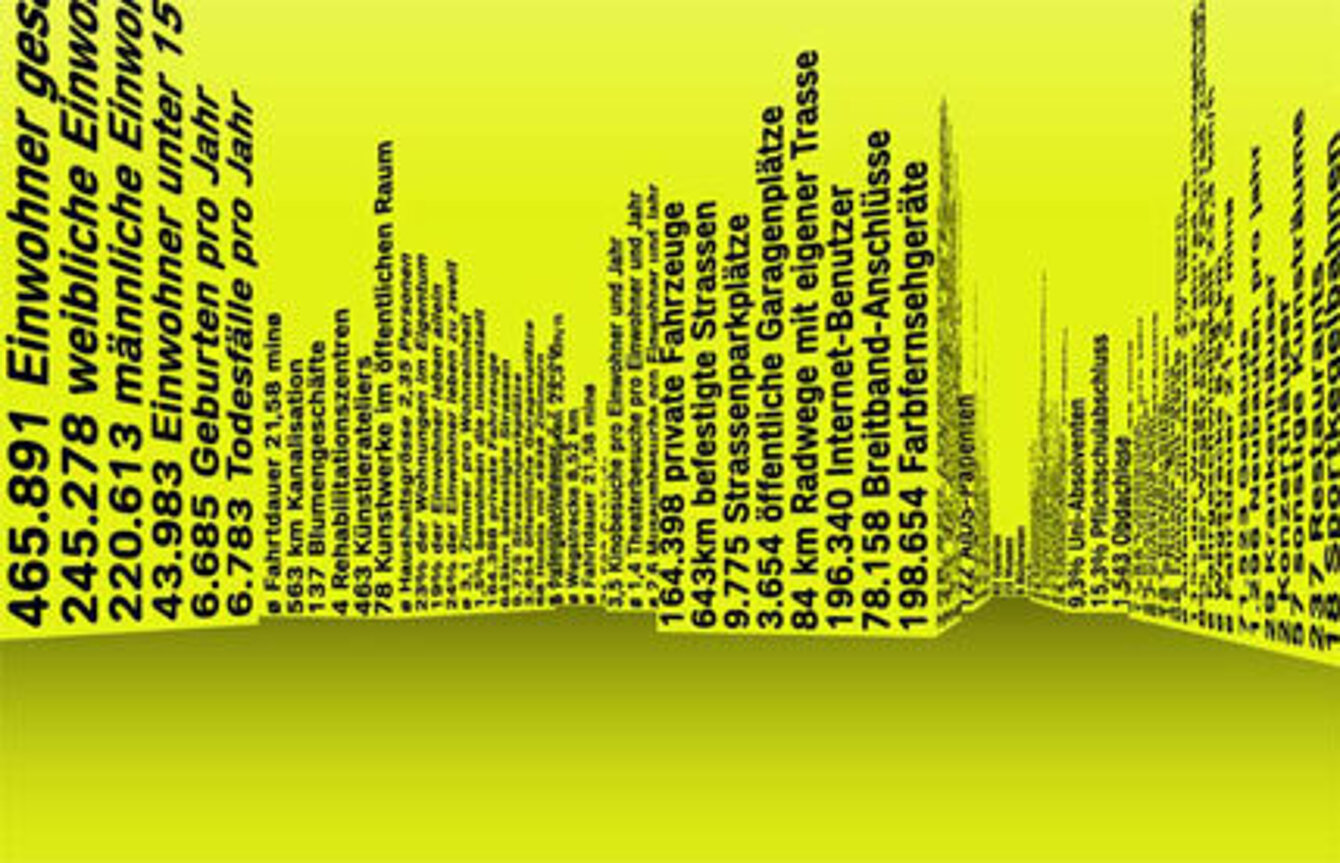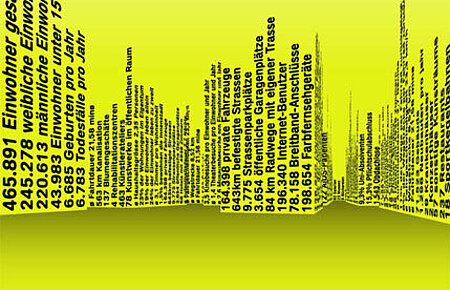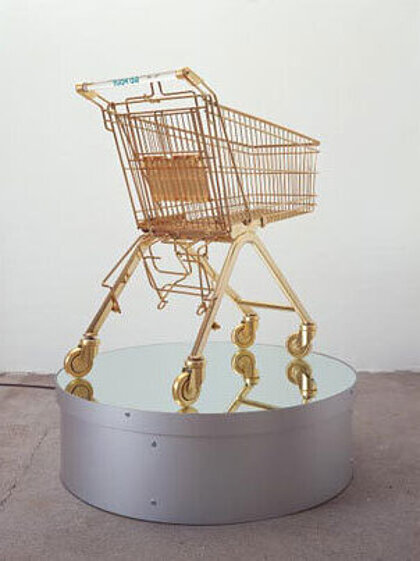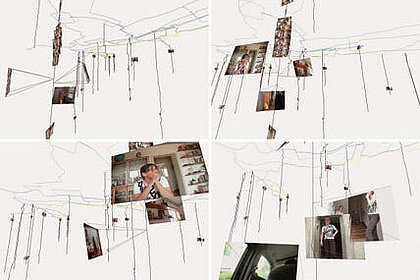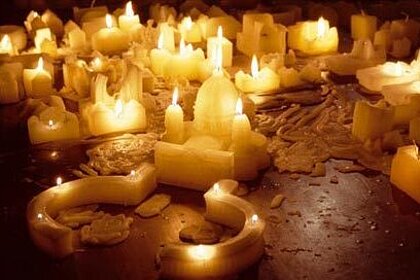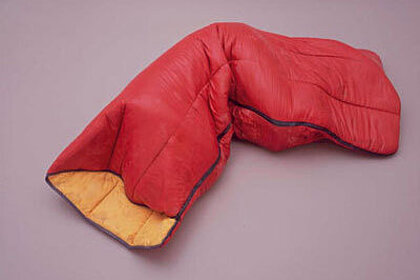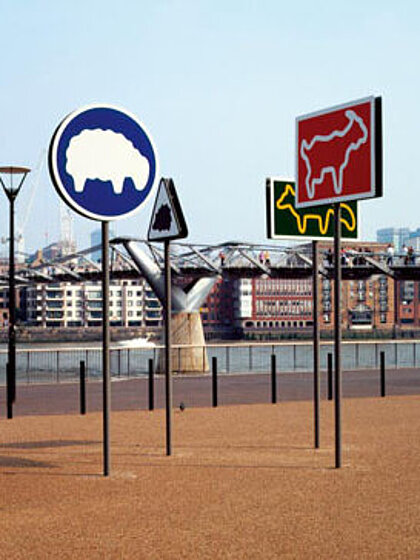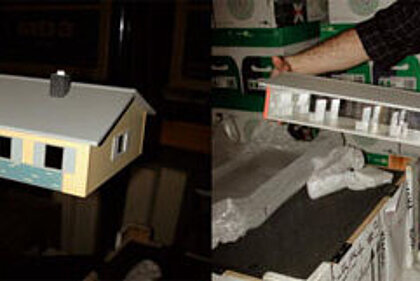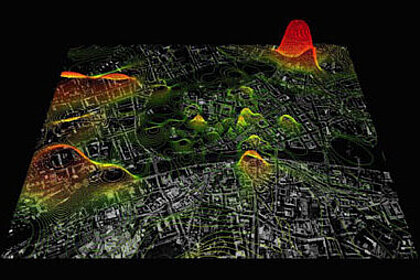Since the development of the modern town, the urban element has become a particularly popular thematic focus in intensive artistic and theoretical discourses.
The “city” as a phenomenon is one of the most complex and yet most dynamic in European civilization. Urban transformations followed step by step the social and cultural change and emphasized the city’s characteristic identity, as we still can perceive it presently. Indeed, when we talk about the European city, we mean a clear-cut and well defined kind of settlement. Nevertheless the change processes experienced by the European city are essentially the same found in other cities and metropolises all over the world: depopulation of the city centres, shifting of their core functions, decentralization of some main tasks, such as transport, trade and pastime activities, alteration of their traditional suburbs into a kind of urban “un-shape”, in what we currently call “sprawl”.
M Stadt designates - in a slightly enigmatic manner – an exhibition about new urban landscapes in average European cities: the “M” could stand for middle-sized, as well as for the “midpoint”, or “middle”, or even refer to recent experiments, which aimed to formulate a “theory of the city” beyond its traditional limits: a “meta-city” or “meta-polis”.
The main idea of this exhibition is based upon the belief that architects and town planners were not the only ones to explore transformation processes or to work out new restructuring strategies. Above all it was artists, photographers or video-makers,who immediately became conscious of changes and modifications, focussing their works on these developments. Through six sections (Earthscapes; Eurosprawl; Shopping; Migrations; No Visions?; Mapping) and six town portraits (Graz, Basel, Krakow, Trieste, Ljubljana, Ruhrstadt) the visitor comes across the exhibition with its several installations and oeuvres, of which some were produced especially for this occasion by key artists from Europe and America: Gerhard Richter, Chris Burden, Andreas Gursky, Carlos Garaicoa, Dan Graham, amongst others.



















